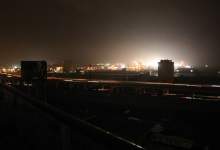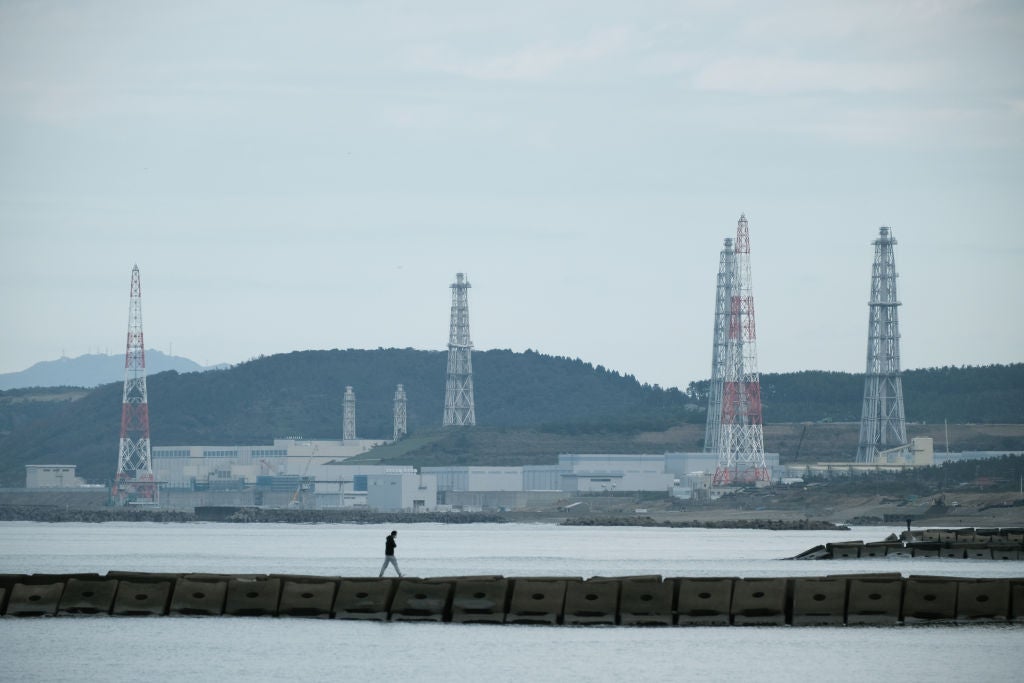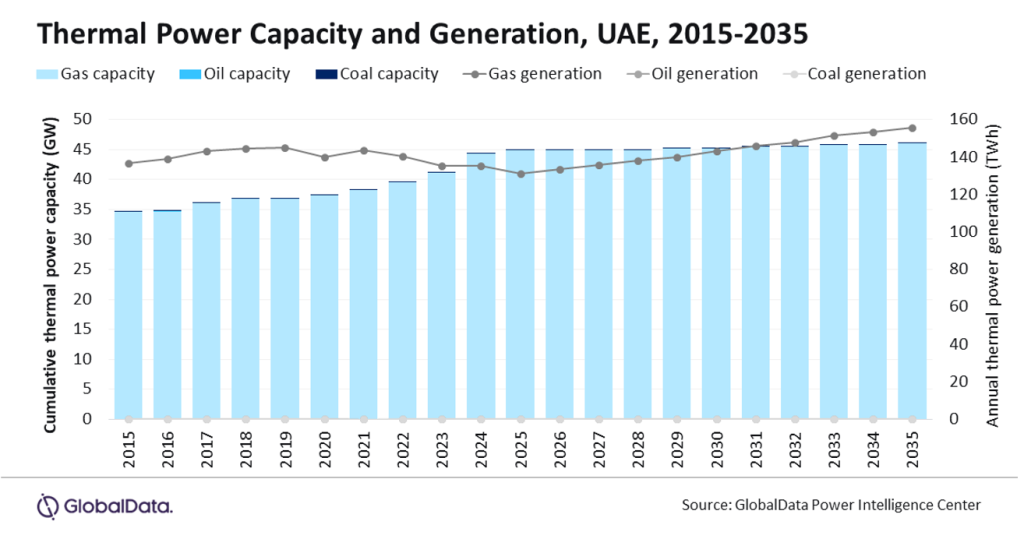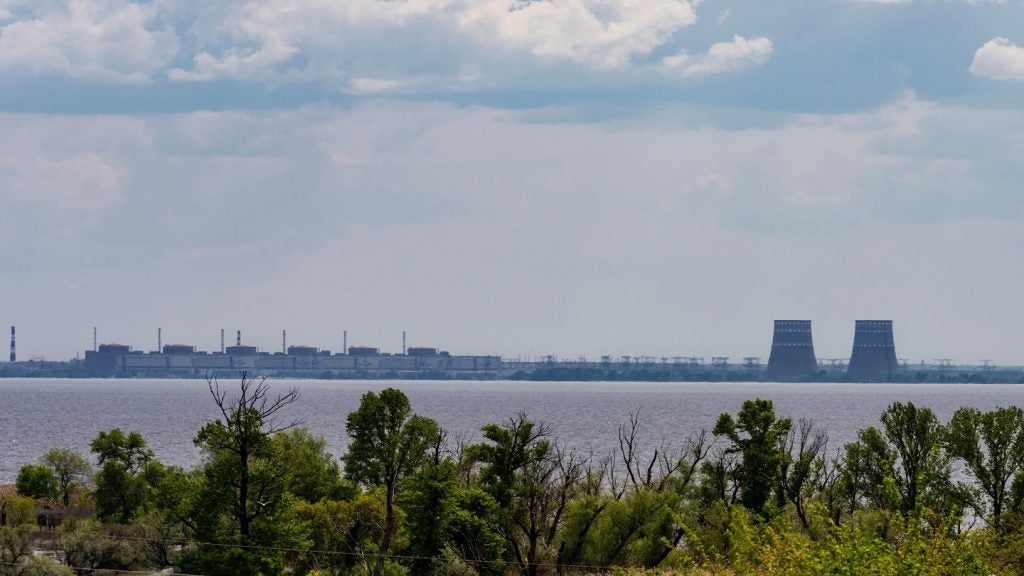

Taken in isolation, the words Friday, and list mail don’t really illicit much in terms of an emotional response. But prefix them with the word black and they instantly conjure images of financial destruction, hit lists and brown envelopes full of evidence of sordid hotel room liaisons. In short, the addition of ‘black, turns the mundane seedy, yet alluring.
So when you encounter the term ‘black start’ within the context of power grids, your imagination immediately begins to run wild. Images of nuclear warfare, sinister government agencies, spine tingling technology and Fox Mulder all spring to mind. The reality though is altogether less dramatic, but by no means less interesting.
Black out across the grid
The black start is the process by which a power grid, when hit by an impromptu and total loss of power, or blackout, can be brought back to life. In terms of the grid, the size and scale can be very large and very complex, providing the power for homes and businesses across vast regions and encompassing a range of power generation stations, including nuclear, coal and hydro-electric stations. While a mammoth amount of power is being transported once the sequence has successfully reached its goal, it starts off very small.
While much has been done to improve safety, disasters such as those at the Chernobyl and Fukushima nuclear plants still loom large in the public psyche.
The first piece of this domino rally of rejuvenation is a simple battery, not unlike those used to power a car or radio. The power from that is then used to start a small diesel generator. Once the generator is running, things start to move away from the realm of things you might have at home, as it is the prompt to get a power station back into operation. The preferred choice, when feasible, is a hydro-electric station as the amount of power required to bring it back online is comparatively low and it can draw power at any time, unlike wind turbines. The power from the generator is used to open the doors.
How well do you really know your competitors?
Access the most comprehensive Company Profiles on the market, powered by GlobalData. Save hours of research. Gain competitive edge.

Thank you!
Your download email will arrive shortly
Not ready to buy yet? Download a free sample
We are confident about the unique quality of our Company Profiles. However, we want you to make the most beneficial decision for your business, so we offer a free sample that you can download by submitting the below form
By GlobalDataSee Also:
Bringing the network back online
The next step is for the hydro plant to fully power up and start transmitting throughout its direct network, before diverting enough power to any coal fire stations within its network. Once this has been completed, the combined power is balanced out and used to bring the remaining power stations, including nuclear facilities, back online, and in turn, the houses and businesses being supplied.
That is a very simplistic summary of the process. But it illustrates the general logic, and it shows the real appeal of the ‘black start’. As vital and complex as the UK power grid is with all of its various power generation plants and transmission processes, it still has an aspect of year 9 physics class to it, logical yet fascinating.



.gif)





